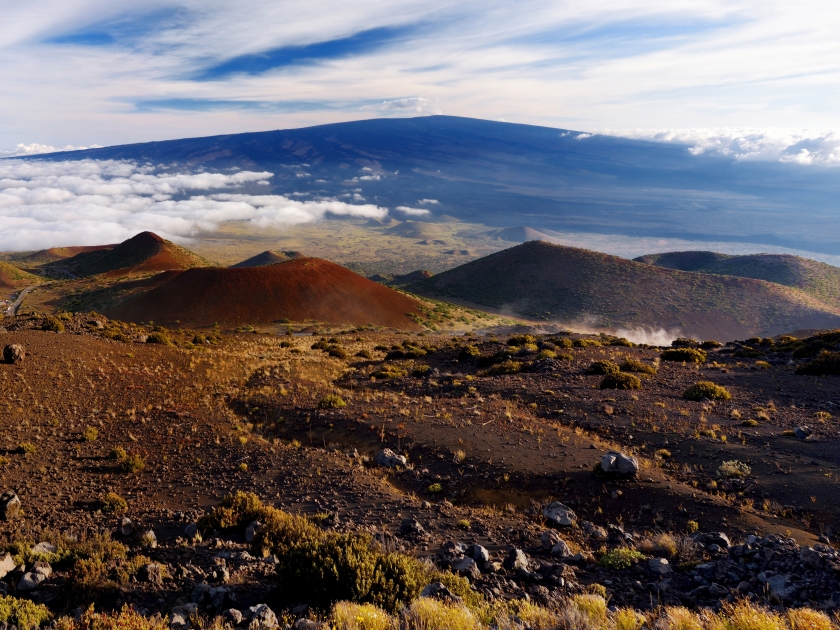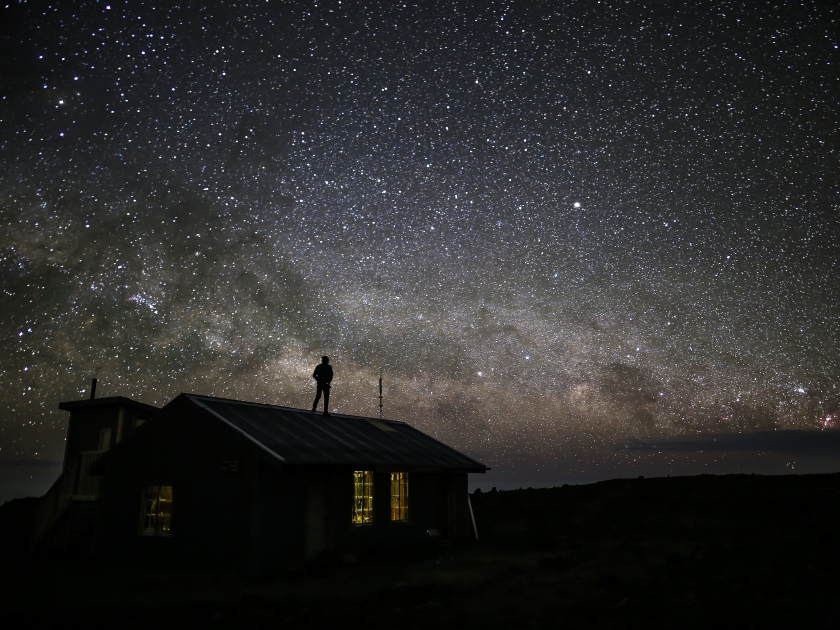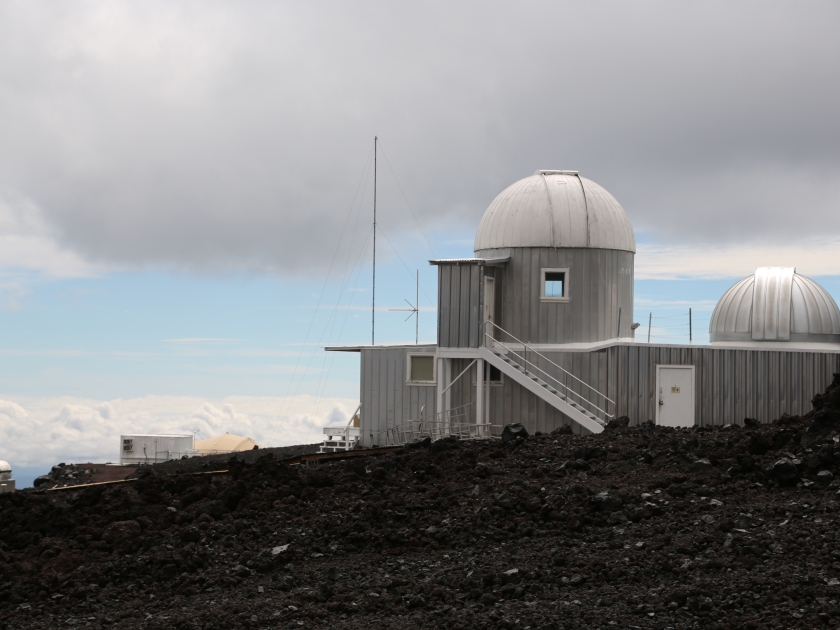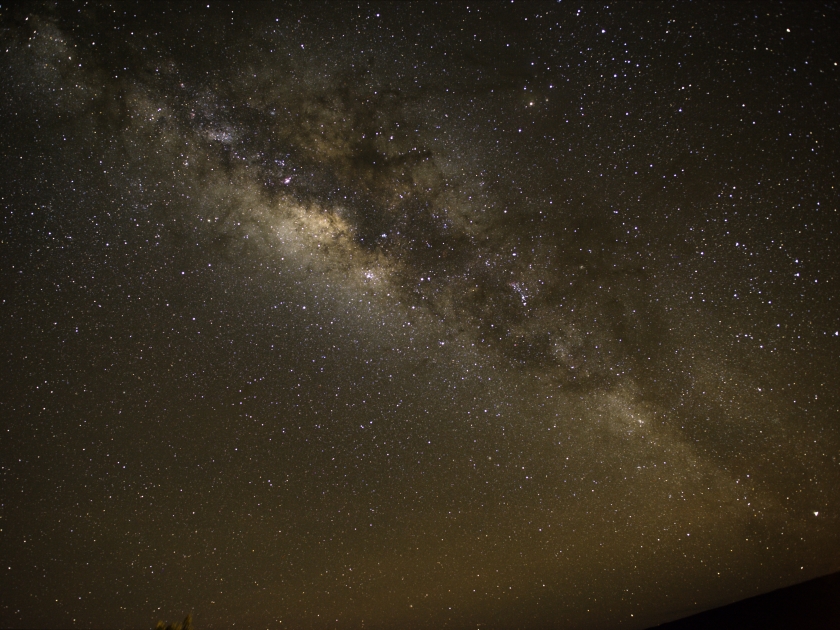Stargazing at Mauna Loa offers a unique opportunity to witness the beauty of the night sky from one of the world’s most renowned astronomical locations. With its high elevation, minimal light pollution, and clear skies, Mauna Loa is an ideal destination for both amateur astronomers and casual stargazers alike.
Why Mauna Loa?

Mauna Loa, standing at 13,681 feet, is one of the largest volcanoes on Earth and provides an exceptional vantage point for observing celestial phenomena. The high altitude allows visitors to rise above much of the atmospheric interference that can obscure views of stars, planets, and other astronomical features. Here are some compelling reasons to choose Mauna Loa for your stargazing experience:
- Dark Skies: The remote location minimizes light pollution, offering some of the darkest skies in the world.
- Elevation: At over 13,000 feet, the air is thinner, providing clearer views of celestial objects.
- Astronomical Significance: The region is home to several observatories that utilize its unique conditions for advanced astronomical research.
Stargazing Experiences at Mauna Loa

Guided Tours:
Join expert-led stargazing tours offered by local companies, where experienced astronomers guide you through the wonders of the cosmos. These tours often provide access to professional telescopes and binoculars, engaging talks on constellations and celestial phenomena, and the chance to capture stunning photos with the Milky Way as a breathtaking backdrop.
Self-Guided Stargazing:
For those seeking a more personal adventure, the Mauna Loa Observatory area offers an ideal spot for independent stargazing. Bring your telescope or simply marvel at the star-filled sky with the naked eye, soaking in the serene beauty of Hawaii’s nightscape.
Free Stargazing Programs:
Occasionally, the Mauna Kea Visitor Information Station (VIS) hosts free stargazing events that require reservations. These programs feature guided telescope sessions led by knowledgeable staff and captivating discussions about astronomy, Hawaiian cultural connections, and the night sky.
Top Stargazing Spots on Mauna Loa

Mauna Loa Observatory Road
This road provides access to higher elevations and offers several pull-out areas suitable for setting up stargazing equipment. Ensure your vehicle is suitable for mountain driving, and always prioritize safety.
Mauna Loa Solar Observatory
While primarily a research facility, the surrounding areas can serve as excellent stargazing spots. Always respect property boundaries and any posted guidelines.
Preparing for Your Stargazing Adventure
- Attire: Temperatures at high elevations can be quite low, even in Hawaii. Dress in warm layers and wear sturdy footwear to stay comfortable during your visit.
- Equipment: While the naked eye can capture many wonders, bringing binoculars or a telescope can enhance your experience. Don’t forget a red flashlight to preserve night vision and star charts or mobile apps to help identify constellations.
- Permits and Access: Before heading out, check if any permits are required for nighttime access. Some areas may have restrictions or require reservations, especially if you’re planning to visit observatory sites.
Stargazing Tours and Events
For those seeking guided experiences, several tours offer stargazing sessions on Mauna Loa. These tours often provide telescopes, expert narration, and insights into both the astronomical and cultural aspects of the region. Booking in advance is recommended, especially during peak tourist seasons.
Tips for Photographing the Night Sky
- Equipment: A DSLR or mirrorless camera with manual settings, coupled with a wide-angle lens, is ideal for capturing the expansive night sky.
- Settings: Use a tripod to stabilize your camera. Set a high ISO (e.g., 1600-3200), a wide aperture (e.g., f/2.8), and a shutter speed between 15-30 seconds to capture detailed images of stars and the Milky Way.
- Post-Processing: Editing software can help enhance details, adjust exposure, and reduce noise, resulting in stunning astrophotographs.
Best Times for Stargazing at Mauna Loa

The best time to stargaze at Mauna Loa is during the dry season, spanning from May to October, when clear skies are most common and perfect for unobstructed views of the cosmos. For an even more magical experience, plan your visit around the new moon phase. With minimal moonlight, the sky transforms into a canvas of twinkling stars and vivid deep-sky objects, making it the ultimate stargazing setting.
Starry Vibes Only
Stargazing at Mauna Loa offers a unique blend of natural beauty and cultural richness. By preparing adequately and respecting the environment, visitors can enjoy a memorable experience under one of the world’s most magnificent night skies.




